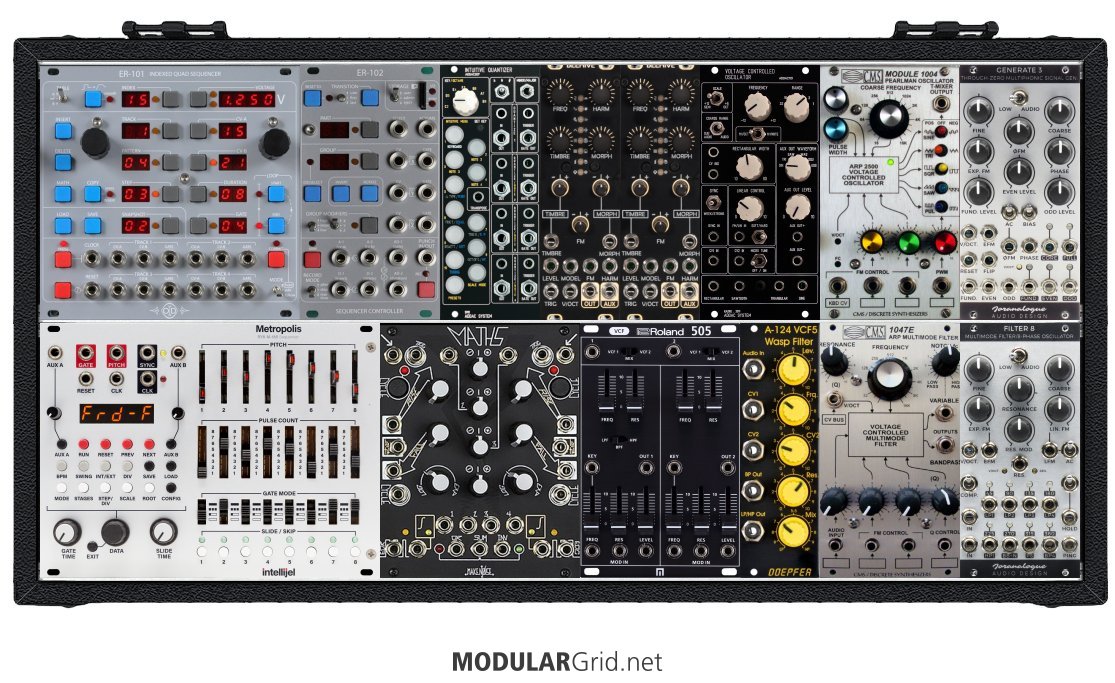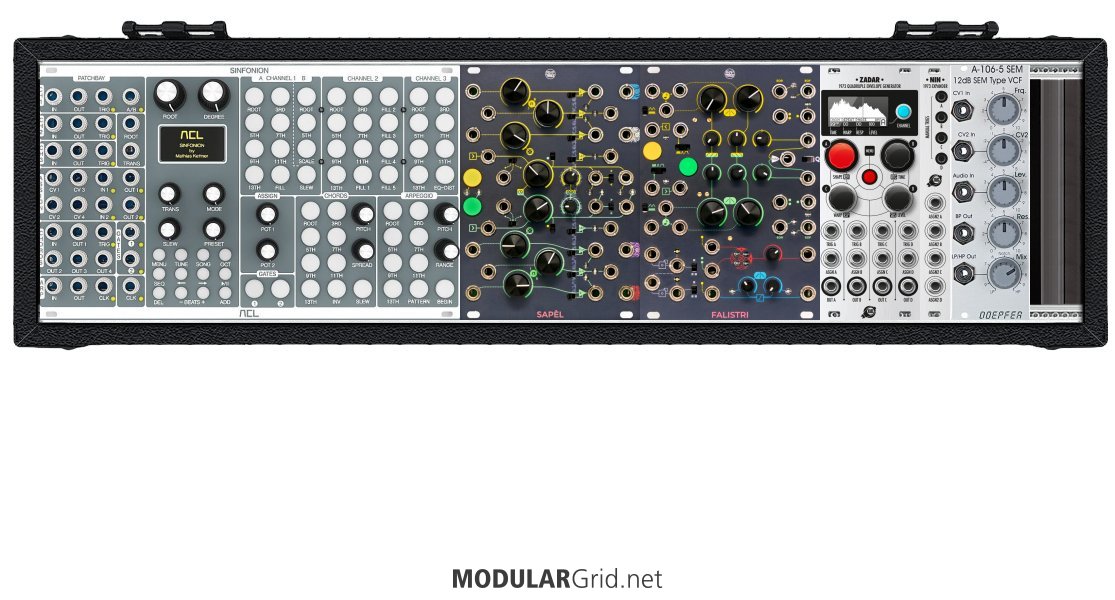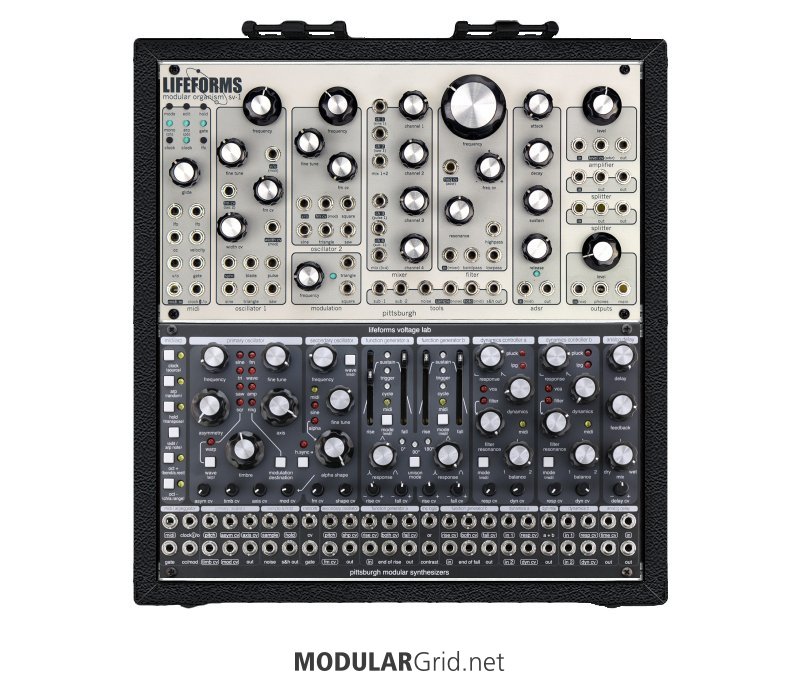Have you found any other devices that can be removed with the same effect as when the SV-1 gets pulled? This sounds like two possible issues...
1) The external P/S is outputting HF garbage. Now, some devices react to this and some don't, but overall it's not something you want. The fix there would be to wind the card between the "brick" and the cab through some clip-on ferrites. In this case, you're putting together a blocking choke that won't pass AC effectively, and this cleans up the DC.
2) Something in these builds is causing the problem. However, since ALL of the cabs do this and none of them have any modules in common, this is a bit of a stretch. They DO have the same internals, however...same sort of DC regulators, same sort of busboards, etc. So, again, the suspicions come back to the power supply, but in this case the problem MIGHT be in the cab...so the key here is to beef up the filtering by using ferrites on the DC bus lines in each case.
But what if there's just ONE module in each case that spews rubbish that comes back down its ribbon, you ask? There's a fix there, too: https://www.mouser.com/Passive-Components/EMI-Filters-EMI-Suppression/Ferrites/Ferrite-Clamp-On-Cores/STAR-FLAT-Series/_/N-bw7t7?P=1yyb13v Yeah...clip-on ferrites for ribbon cables. These would suppress crud generated in said module from leaking back down the ribbon and polluting the DC busses.
An even more extreme...but one I've done...pre-emptive solution would be to replace the "line lump" altogether. On my AE system, I use a Tektronix linear power supply instead of a switching wall-wart. And since this IS a linear supply, it doesn't operate at the high frequencies that generate noise and crud. This is actually a simple swap...just find a suitable linear DC supply with the correct voltage and current capacity, connect a power cable with the right connector on one end and a dual banana on the supply end, and fire it up. Linear supplies have the "problem" of being fairly heavy and clunky (no such thing as a linear wall-wart!). Linear supplies ALSO have the benefit of being very low-ripple and variance, and that stability translates into better module stability overall.
One other point: if you push ANY power supply to a point near its current load maximum, it'll start to act goofy. This is because of what happens when you turn the synth on: current inrush loads can, for a very brief interval, spike OVER the typical operating current draw before dropping to nominal levels. The end result, over time, is that components in the power system start to wear prematurely...or in worst-case scenarios, they fail spectacularly (and often destructively!). Let's take the last cab, for example. In this case, the operating current is 755 mA on the +12 and 600 mA on the -12.
My rule of thumb...based on experience...is that typical solid-state circuits can inrush to at worst about 1/3rd higher than the operating current. So unless the P/S for that cab can output at least 1 A on the +12 and 800 mA on the -12, problems can develop. OPTIMALLY, you want to overspec your current capacity as much as is practically possible, but holding to that "+ 1/3" figure seems to afford the right level of protection for solid-state. And since I don't see anything with tubes here...in which case you might actually want the capability to supply DOUBLE the operating current for those milliseconds when they first light up...you're pretty safe with that guideline.
More than likely, your solution will be several of these. I'd start with the ferrites, though, since they're relatively cheap and easy enough to deal with (unless you need to put them on your internal DC busses, in which case a little "surgery" might be needed). Also...DO NOT neglect your signal lines when applying noise mitigation! They're just as capable of bringing crud into a modular as the power system! If this continues, consider some isolated/balanced output modules (if possible) instead of the typical attenuated output sorts, as the balancing transformer can cancel out anything coming back up the audio lines at the point where they connect to the modular. If you can't use a module (like in the dual Pitt cab), then get an Ebtech Hum Eliminator...because they work on loads more than just hum.




